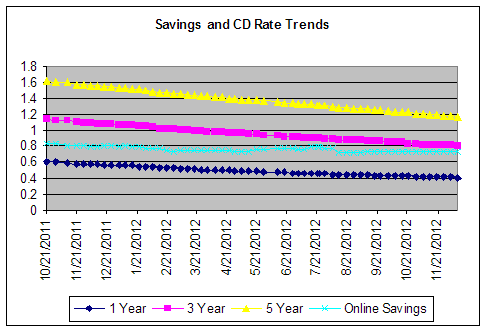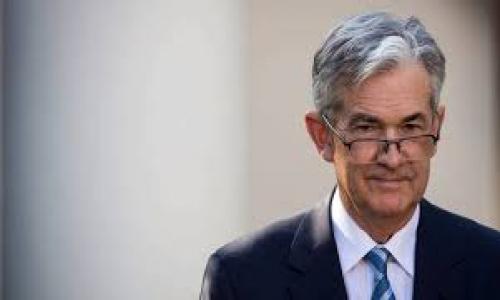The Wall Street Journal published an article today entitled Banks Wage Rate War for Deposit (subscription required).
For those of you who read BestCashCow, the article won't come as a surprise. It discusses how banks, strapped for deposits and fighting to maintain liquidity and prevent bank runs have had to raise rates to keep and attract deposit dollars, your dollars. Past BestCashCow articles on this include:
- How the Credit Crisis Wil Impact Your Interest rate - Jan 30, 2008
- Savings Rates Holding Up During Banking Crisis - Oct 15, 2008
- Savings Account and Certificate of Deposit (CD) Rate Analysis - Nov 7, 2008
From the WSJ article:
"Banks covet deposits because of this year's failures of IndyMac Bank, Washington Mutual Inc.'s banking operations and other institutions. Bank executives have been rattled by those seizures and the woes of beleaguered banks such as Wachovia Corp. and National City Corp., from which panicky customers yanked their money. Many lenders are now ratcheting up rates to shore up their deposits."
And:
"The desire to lure depositors is triggering a "national price war," says Michael Poulos, a partner at financial-services consulting firm Oliver Wyman. "In the past 15 years, there's been nothing like this. The level of competitive intensity is unprecedented right now."
Even though rates have held up well despite cuts in the Fed Funds Rate, BestCashCow data shows that they may have peaked and have declined from their high. Whether they continue to decline depends on whether the Fed cuts rates further and how much additional stress banks face in the next six months.
Below is an analysis of savings account rates compared to Certificates of Deposit.

Even if they do decline, I still expect that we'll see a premium over the Fed Funds rate for some time. The collapse of Wall Street is the collapse of a financial model that generated lots of cheap capital and liquidity. It fueled enormous bank and financial profits. But the model has been proven faulty and as banks go back to the basics - borrowing from consumers and lending out their money - they are going to have to pay more for our money.
Now, we'll see how long it takes for banks to begin offering toasters, televisions, and trips to Florida to get your cash. There is now more competition than ever for your money, and on BestCashCow we think that's a good thing. Make sure you are getting the highest rate.











Add your Comment
or use your BestCashCow account